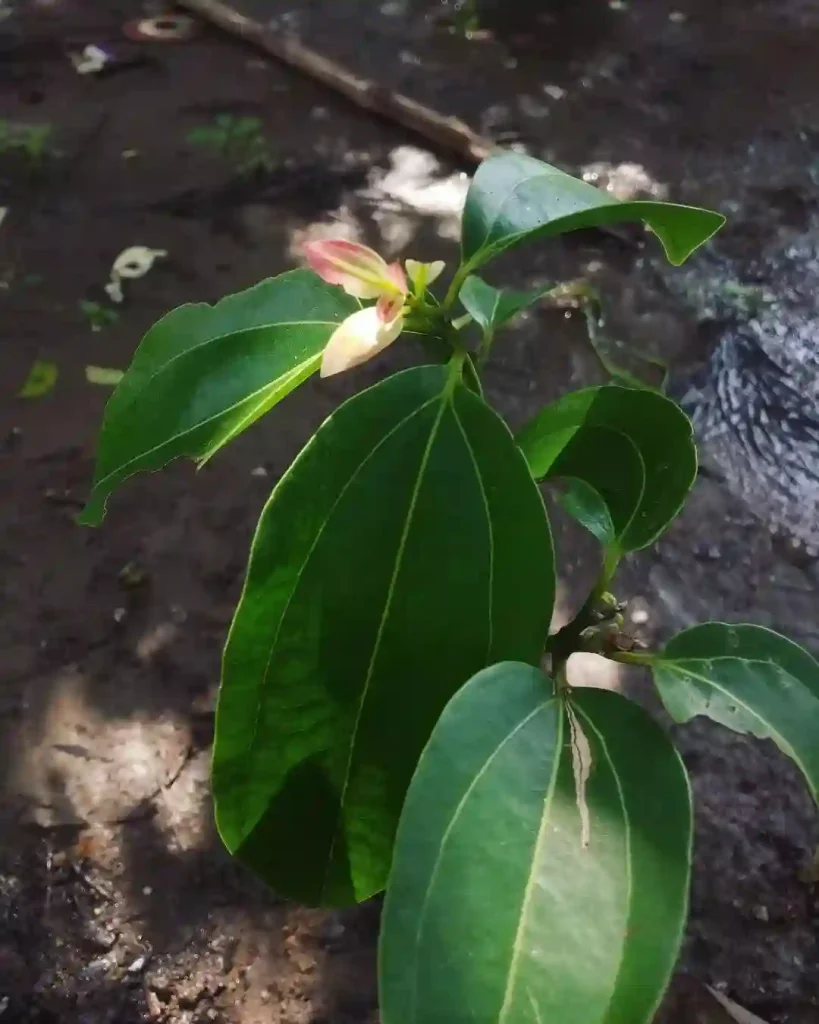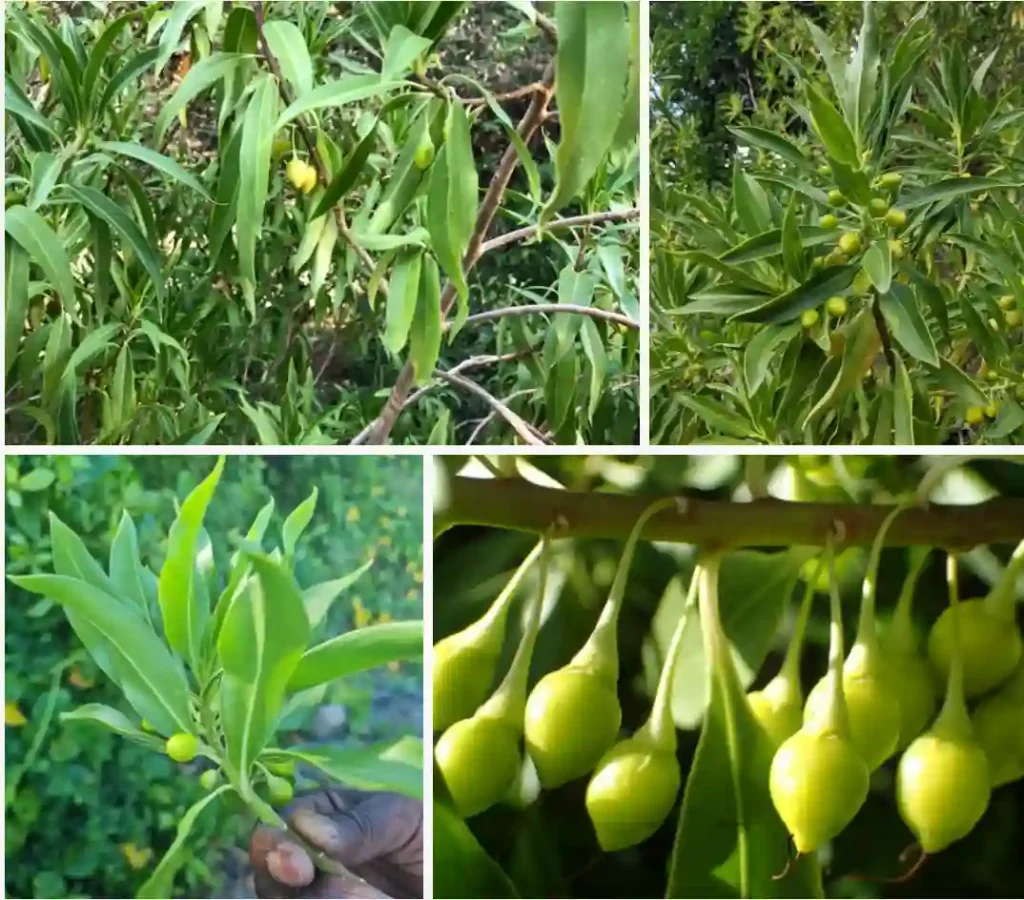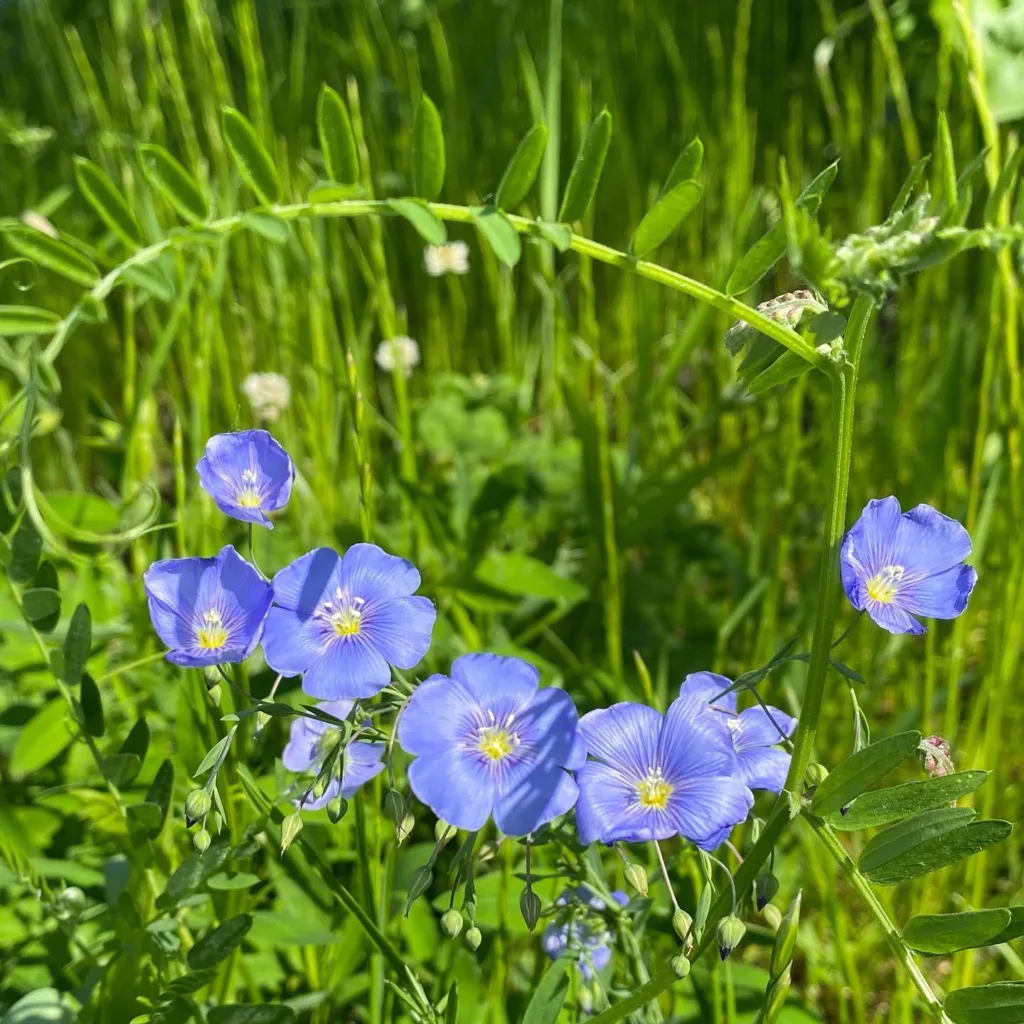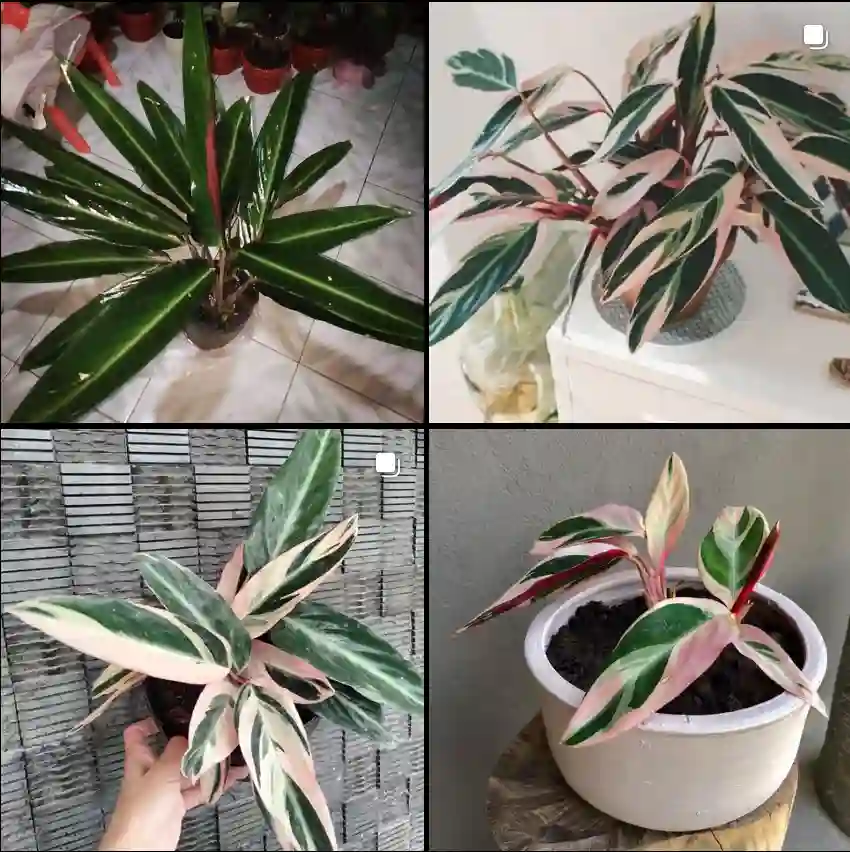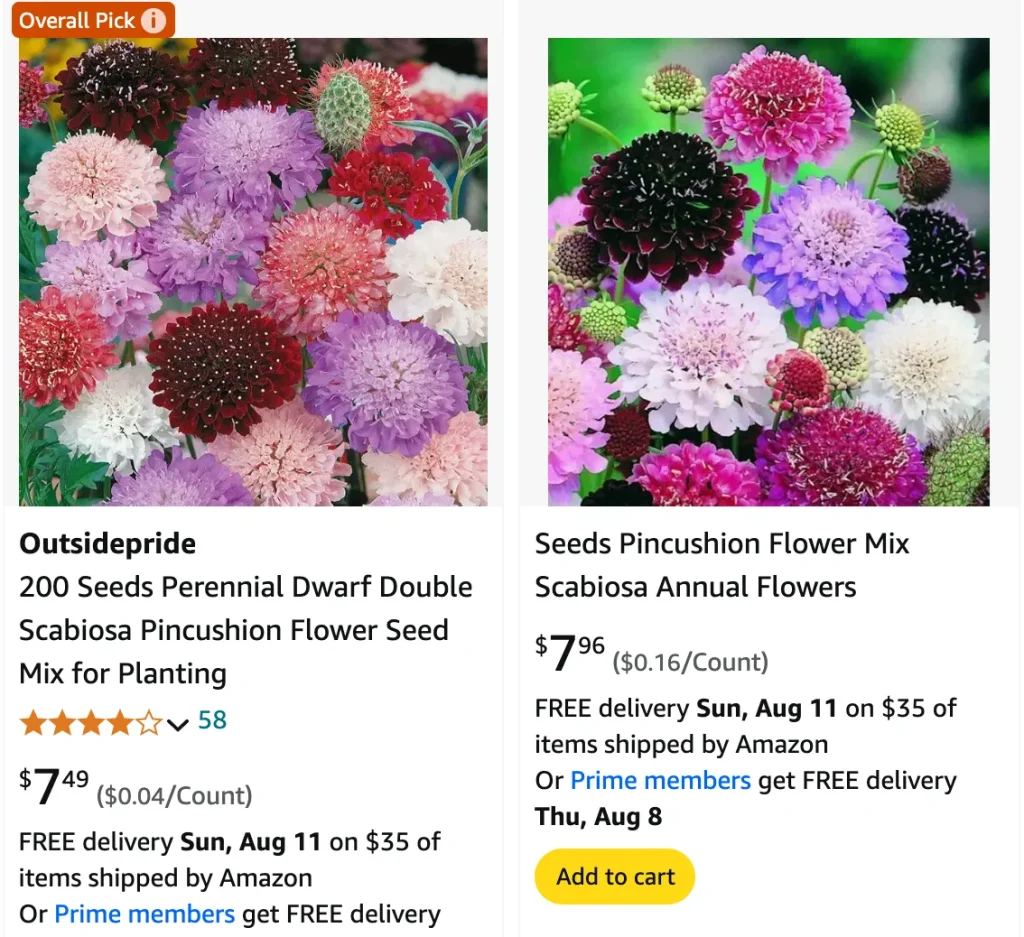
FAQs About Scabiosa
I have grown and cherished Scabiosa in my garden for years. Here, I’ll share my insights and answer some of the most frequently asked questions about this beautiful plant.
What is Scabiosa?
Scabiosa, commonly known as pincushion flower, is a delightful flowering plant that belongs to the honeysuckle family (Caprifoliaceae). Known for its unique pincushion-like blooms, it comes in various colors such as blue, pink, and white. Scabiosa attracts pollinators like bees and butterflies, making it a wonderful addition to any garden.
Scabiosa species
- Scabiosa adzharica Schchian
- Scabiosa africana L.
- Scabiosa albanensis R.A.Dyer
- Scabiosa amoena J.Jacq.
- Scabiosa andryalifolia (Pau) Devesa
- Scabiosa angustiloba (Sond.) B.L.Burtt ex Hutch.
- Scabiosa arenaria Forssk.
- Scabiosa atropurpurea L.
- Scabiosa austroafricana Heine
- Scabiosa balcanica (Velen.) Velen.
- Scabiosa × beauverdiana Palez.
- Scabiosa bipinnata K.Koch
- Scabiosa buekiana Eckl. & Zeyh.
- Scabiosa canescens Waldst. & Kit.
- Scabiosa cartenniana A.Pons & Quézel
- Scabiosa cephalarioides Lojac.
- Scabiosa cinerea Lapeyr. ex Lam.
- Scabiosa colchica Steven
- Scabiosa columbaria L. Plant FAQs: Scabiosa Columbaria
- Scabiosa comosa Fisch. ex Roem. & Schult.
- Scabiosa correvoniana Sommier & Levier
- Scabiosa corsica (Litard.) Gamisans
- Scabiosa crinita Kotschy & Boiss.
- Scabiosa daucoides Desf.
- Scabiosa delminiana Abadžić
- Scabiosa drakensbergensis B.L.Burtt
- Scabiosa eremophila Boiss.
- Scabiosa farinosa Coss.
- Scabiosa fumarioides Vis. & Pančić
- Scabiosa galianoi Devesa, Ortega Oliv. & J.López
- Scabiosa holosericea Bertol.
- Scabiosa hyrcanica Steven
- Scabiosa imeretica (Sommier & Levier) Sulak.
- Scabiosa incisa Mill.
- Scabiosa ispartaca Yıld.
- Scabiosa japonica Miq.
- Scabiosa jezoensis Nakai
- Scabiosa lacerifolia Hayata
- Scabiosa lachnophylla Kitag.
- Scabiosa libyca Alavi
- Scabiosa lucida Vill.
- Scabiosa × lucidula Beck
- Scabiosa mollissima Viv.
- Scabiosa nitens Roem. & Schult.
- Scabiosa ochroleuca L.
- Scabiosa owerinii Boiss.
- Scabiosa paphlagonica Bornm.
- Scabiosa parielii Maire
- Scabiosa parviflora Desf.
- Scabiosa praemontana Privalova
- Scabiosa pyrenaica All.
- Scabiosa semipapposa Salzm. ex DC.
- Scabiosa silenifolia Waldst. & Kit.
- Scabiosa sirnakia Yıld.
- Scabiosa sivrihisarica Yıld.
- Scabiosa solymica (Parolly, Eren & Nordt) Göktürk
- Scabiosa sosnowskyi Sulak.
- Scabiosa taygetea Boiss. & Heldr.
- Scabiosa tenuis Spruner ex Boiss.
- Scabiosa thysdrusiana Le Houér.
- Scabiosa transvaalensis S.Moore
- Scabiosa triandra L.
- Scabiosa triniifolia Friv.
- Scabiosa tschiliensis Grüning
- Scabiosa turolensis Pau
- Scabiosa tuzluca Yıld.
- Scabiosa tysonii L.Bolus
- Scabiosa velenovskiana Bobrov
- Scabiosa vestina Facchini ex W.D.J.Koch
- Scabiosa webbiana D.Don
What Do Scabiosa Seeds Look Like?
Scabiosa seeds are small, oval-shaped, and typically dark brown. They have a slightly rough texture and are usually enclosed in a papery husk. When harvesting seeds from your garden, let the flower heads dry on the plant before collecting them.
Is Scabiosa a Perennial?
Yes, Scabiosa can be a perennial depending on the species and growing conditions. In my experience, varieties like Scabiosa caucasica (Caucasian scabious) are hardy perennials, while others, like Scabiosa atropurpurea, are grown as annuals in cooler climates.
How to Grow Scabiosa from Seed?
Growing Scabiosa from seed is relatively straightforward. Start by sowing seeds indoors about 8-10 weeks before the last frost. Use a well-draining seed-starting mix and keep the soil moist. Once the seedlings have a few sets of true leaves and the danger of frost has passed, transplant them outdoors. Ensure they are planted in a sunny location with well-draining soil.
How to Care for Scabiosa?
Caring for Scabiosa is quite easy. Plant them in full sun to ensure they get at least 6 hours of sunlight daily. They thrive in well-draining soil and benefit from regular watering, especially during dry spells. Deadhead spent flowers to encourage continuous blooming throughout the season.
How to Deadhead Scabiosa?
Deadheading Scabiosa is crucial for promoting new blooms. Simply cut off the spent flower stems just above the nearest set of leaves. This process not only keeps the plant looking tidy but also encourages the production of more flowers.
How Tall Do Scabiosa Grow?
Scabiosa plants vary in height depending on the variety. On average, they grow between 12 to 24 inches tall. Some species may reach up to 36 inches, making them perfect for the middle or back of garden borders.
Is Scabiosa Deer Resistant?
Yes, Scabiosa is generally deer resistant. In my garden, I’ve noticed that deer tend to avoid these plants, likely due to their slightly rough foliage. However, no plant is entirely deer-proof, and hungry deer might still take a nibble.
Do Rabbits Eat Scabiosa?
While rabbits can be a nuisance in the garden, they usually avoid Scabiosa. The plant’s texture and taste are not particularly appealing to them, making it a good choice if rabbits are a problem in your area.
Is Scabiosa Poisonous to Dogs?
No, Scabiosa is not poisonous to dogs. It is a safe plant to grow if you have pets that like to explore the garden. I’ve never had any issues with my dogs and Scabiosa.
Are Scabiosa Toxic to Cats?
Scabiosa is not toxic to cats. It is safe for feline friends to be around these plants. My cats often wander through my garden without any issues from the Scabiosa.
Are Scabiosa Flowers Edible?
Yes, Scabiosa flowers are edible and can be used as a decorative element in salads or as a garnish. Their mild, sweet flavor adds a unique touch to culinary dishes. Just make sure they haven’t been treated with any pesticides if you plan to consume them.
How to Propagate Scabiosa?
Scabiosa can be propagated by seed, division, or cuttings. The easiest method is by seed, as described earlier. For division, dig up the plant in early spring or late fall, and separate the roots into smaller sections. Replant these sections immediately. Cuttings can be taken from non-flowering shoots and rooted in a moist growing medium.
What to Plant with Scabiosa?
Scabiosa pairs well with other sun-loving perennials like Lavender, Salvia, and Echinacea. These combinations create a colorful and textured garden display that attracts pollinators. Additionally, the varying heights and flower shapes add visual interest.
Scabiosa vs Salix
Scabiosa and Salix (willow) are very different plants. While Scabiosa is a herbaceous flowering plant, Salix is a genus of woody shrubs and trees. Scabiosa is best for ornamental flower beds, whereas Salix is more suited for larger landscape projects like hedging or erosion control.
Scabiosa vs Zinnia
Both Scabiosa and Zinnia are beloved for their vibrant flowers and ability to attract pollinators. However, Zinnias are generally more heat-tolerant and come in a wider range of bright colors. Scabiosa, on the other hand, has a unique flower form and is often preferred for its delicate, airy appearance.
Scabiosa is a versatile and charming addition to any garden, offering beauty and ease of care. I hope these FAQs help you appreciate and grow this wonderful plant as much as I do.
If i die, water my plants!
